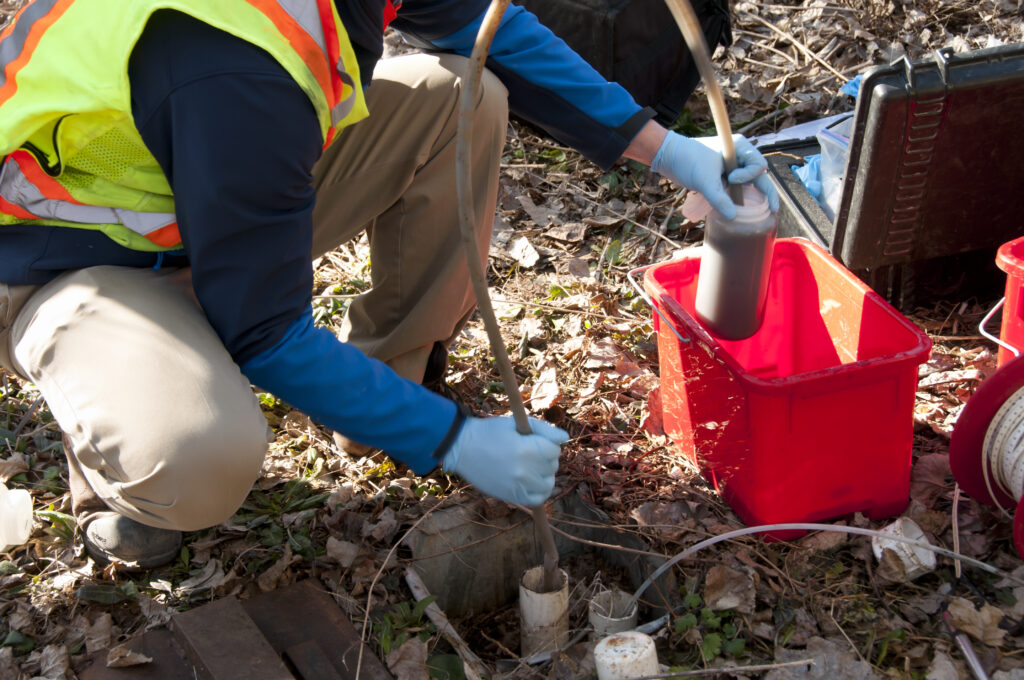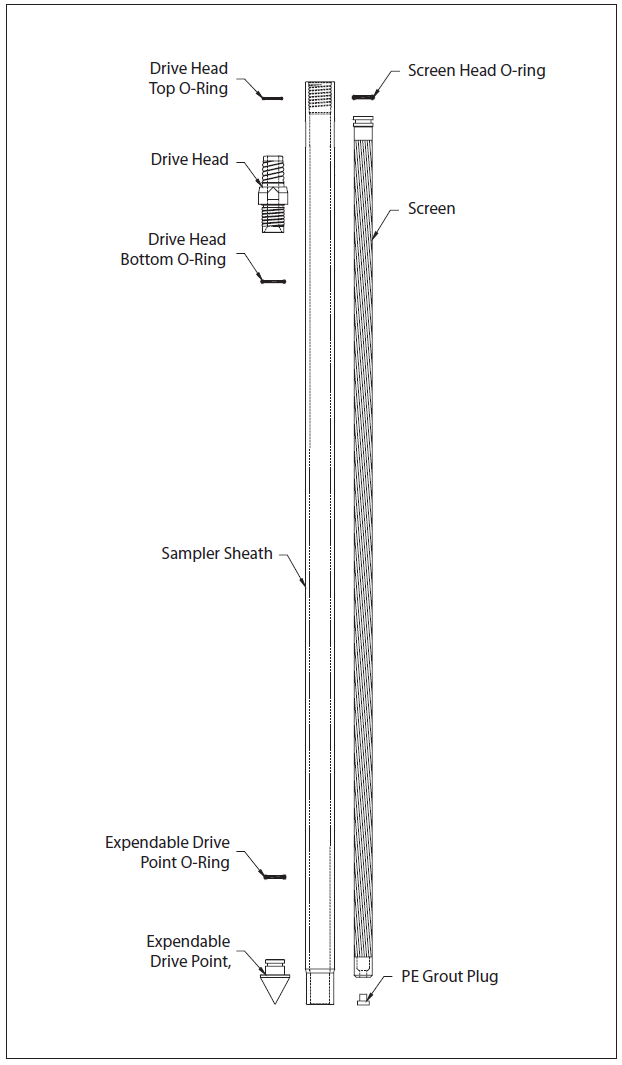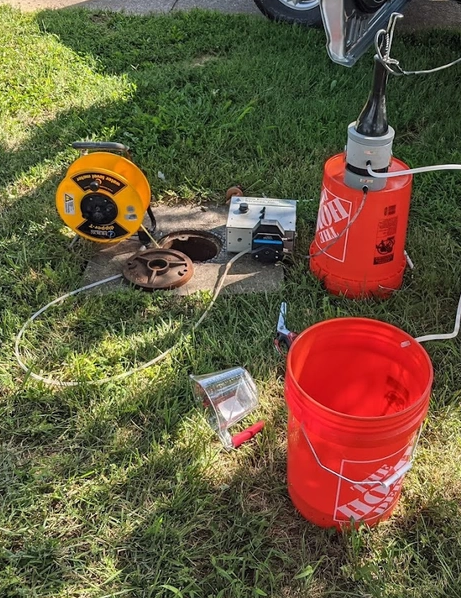Home » Groundwater Sampling

There are many purposes for groundwater sampling from monitoring and temporary wells, but they all boil down to assessing the quality and quantity of the groundwater. Here are some of the most common reasons for groundwater sampling
This is the most common reason for groundwater sampling. Groundwater can be contaminated by a variety of sources, including industrial facilities, landfills, septic systems, and agricultural activities. Regular groundwater sampling can help to identify contamination early on, before it can become a serious problem.
Groundwater sampling can be used to investigate a variety of environmental problems, such as soil contamination, saltwater intrusion, and sinkholes.
If groundwater contamination is found, groundwater sampling will be used to design and monitor a remediation system to clean up the groundwater.
This is the most traditional method and involves purging a well of a certain volume of water before collecting a sample. This is done to ensure that the sample represents the formation water and not stagnant water in the well casing. This method include two different purge volume:
fixed volume of water (typically 3-5 well volumes) is purged from the well before collecting a sample. This method is simple to implement but may not be appropriate for all situations, such as when sampling for volatile organic compounds (VOCs).
A low flow rate (typically less than 0.5 liters per minute) is used to purge the well until field parameters (e.g., pH, temperature, conductivity) stabilize. This method minimizes disturbance to the aquifer and is preferred for sampling VOCs.
This is the most traditional method and involves purging a well of a certain volume of water before collecting a sample. This is done to ensure that the sample represents the formation water and not stagnant water in the well casing. This method include two different purge volume:
A grab sample is a single sample collected from a well without any purging. This method is quick and easy to implement but may not be representative of the groundwater conditions.
Diffusion samplers use a semi-permeable membrane to allow dissolved contaminants to passively diffuse into the sampler over time. This method is ideal for sampling VOCs but may not be suitable for sampling ions or metals.
Sorption samplers use a sorbent material (e.g., activated carbon) to adsorb contaminants from the groundwater. This method is useful for sampling a wide range of contaminants but may require longer deployment times than other methods.

Direct push sampling is a technique for collecting groundwater samples from temporary wells installed using direct push drilling technology. This method is quick and relatively inexpensive and can be used to collect samples from a variety of depths. The choice of groundwater sampling method will depend on a variety of factors, including the specific objectives of the sampling program, the aquifer characteristics, and the contaminants of concern. It is important to consult with a qualified professional to select the most appropriate method for your specific needs.
Our team consists of highly trained and certified professionals with in-depth knowledge of environmental regulations and groundwater sampling protocols.
We tailor our services to your specific needs, whether it's a one-time wellhead sampling or ongoing monitoring of complex environmental sites.
We leverage cutting-edge equipment to collect accurate and representative groundwater samples, ensuring reliable results.
We maintain strict quality control measures throughout the sampling process, safeguarding the integrity of your data.
We collaborate with accredited laboratories to deliver prompt and dependable test results.
We prioritize clear communication and provide exceptional customer service throughout the entire project.

If you require professional environmental groundwater sampling services, contact DEFS today. We offer complimentary consultations to discuss your specific requirements and answer any questions you may have. Let our expertise ensure the safety and quality of your groundwater sampling.